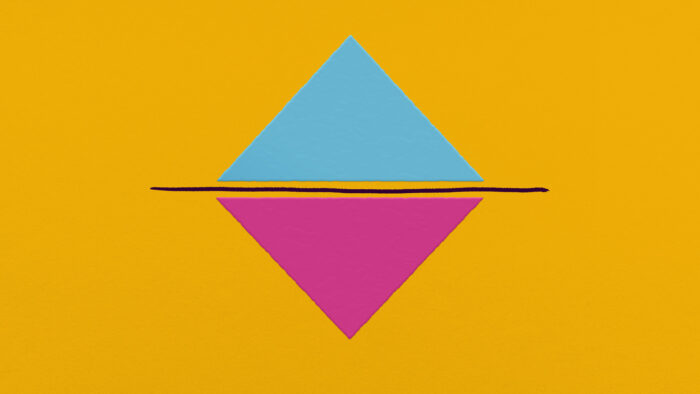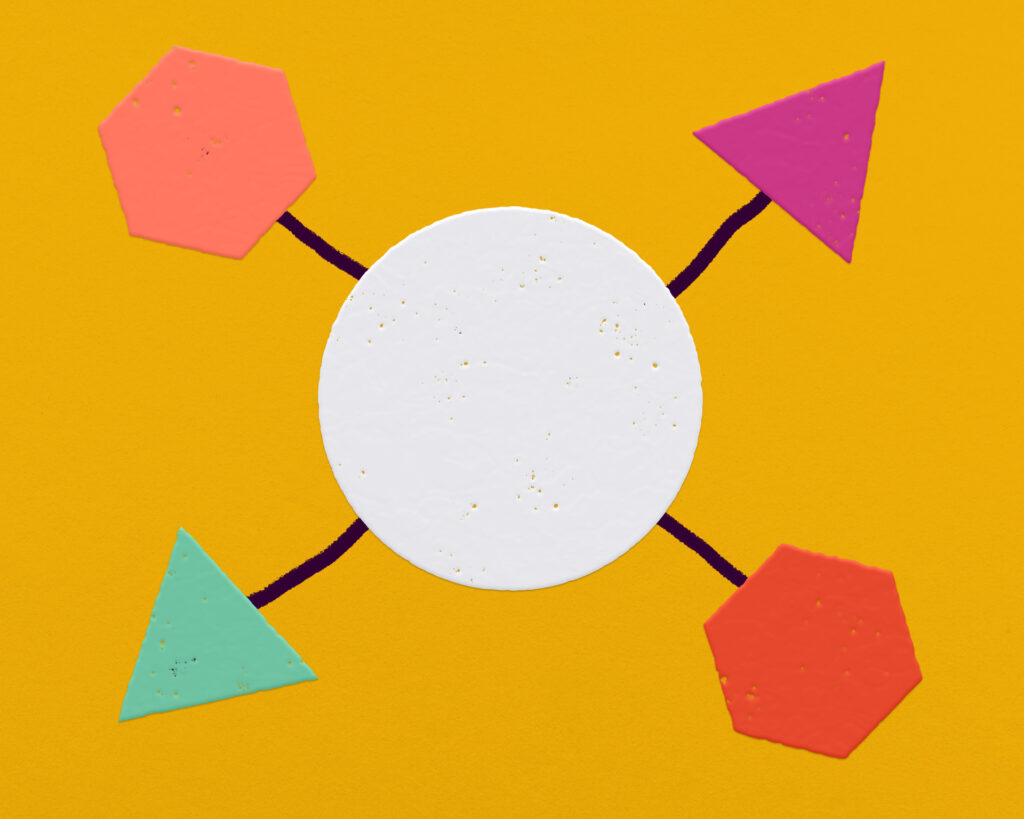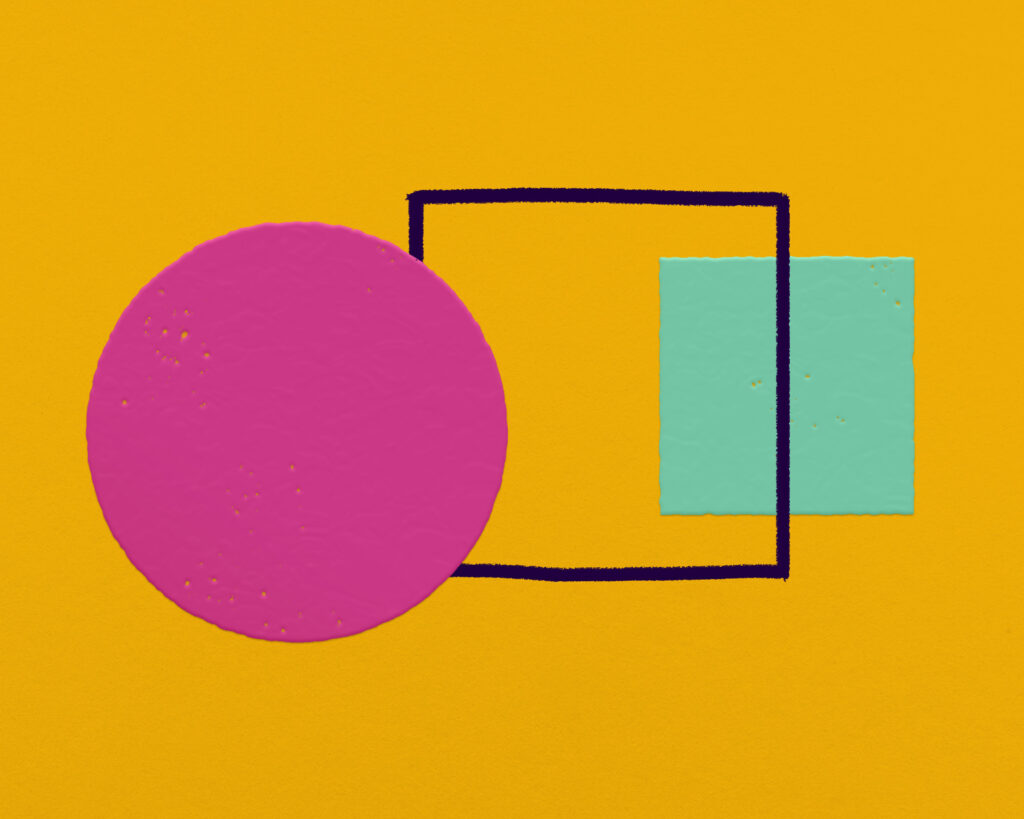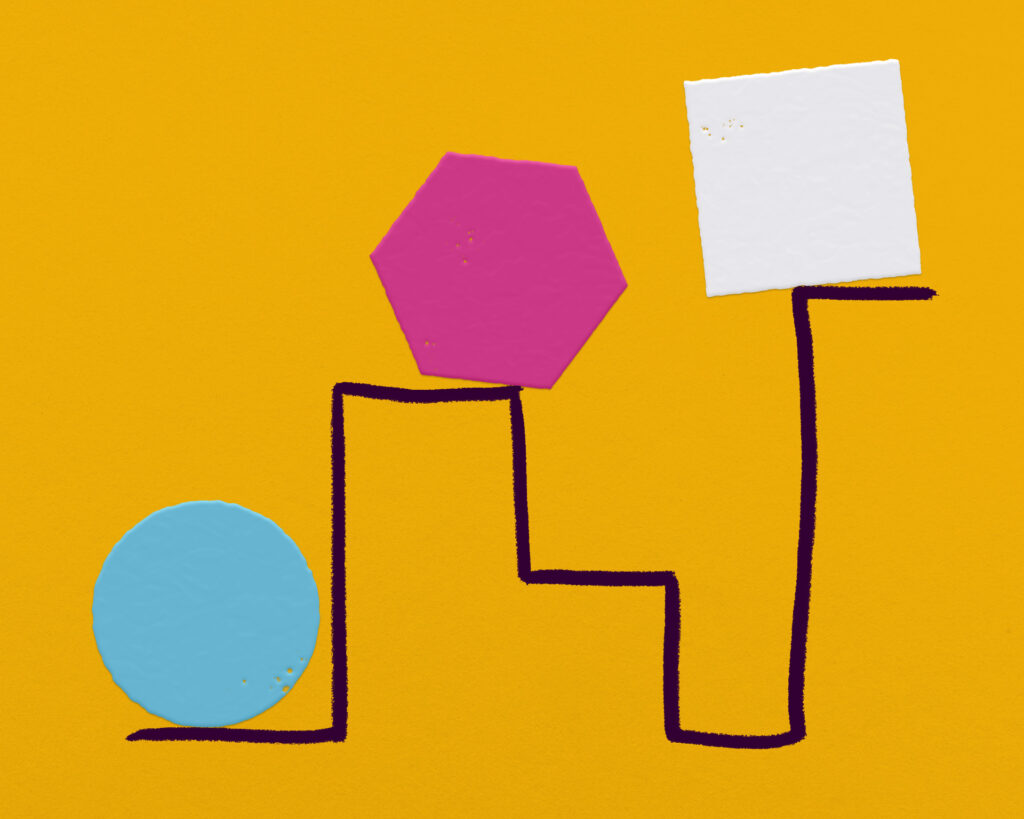I’ve consulted for hundreds of businesses and organizations, and no matter the industry, executives preach the gospel of innovation.
In the era of Silicon Valley, disruption, and “move fast and break things,” it’s easy to see why. When change is as inevitable as the tides, any smart company wants to ride the wave—not struggle to stay afloat.
I’ve noticed that many of the same executives who speak so passionately about building cultures of innovation simultaneously signal to their teams that failure is not to be tolerated. Despite their great intelligence, these leaders fail to realize that innovation and failure are the opposite sides of the same coin.
Even the most creative employees won’t feel empowered to take the risks that innovation requires if their leaders show no tolerance for failure. You just can’t have one without the other.

Many times, we’ll find that our goals are locked in an intimate dance with a difficult emotion or experience. Just as innovation and failure are paired together, so, too, are collaboration and disagreement. You can’t reap the benefits of your team’s diverse ideas while at the same time expecting everyone to always agree.
Few of us relish failure or disagreement, but I always encourage my clients not to mistake the uncomfortable part of the creative process for a symptom of dysfunction that must be stamped out.
A difficult emotion does not always indicate that something is wrong.
In fact, it’s often a signal that we’re on the right track.
This is just as true for individuals striving to reach their personal and professional goals. If we’re to fulfill the hopes we have for ourselves, we’ll almost inevitably have to face down that hope’s mirror image.
Are you looking for a loving, stable romantic relationship? You’re unlikely to get there without enduring rejection and dates that just don’t work out. Do you want to master a new skill—coding, maybe, or video editing? Then prepare for the vulnerability that comes with being a beginner, where missteps are unavoidable and “dumb” questions are the only way to get answers.
Of course, the knowledge that breakups are part of the search for a partner doesn’t make them easier to endure. (If only we were wired that way!) Nor does the recognition that innovation requires failure dull the disappointment when a project you’ve poured months into turns out to be a dead end. What can we do when we face the inevitable sting of such situations? Here are a couple of suggestions.
First, let yourself process the very valid emotions that are sure to emerge. Don’t pretend that your pain is no big deal or chastise yourself for feeling how you feel. Make the choice to recognize and honor your experience.
Then, try to reframe such experiences not as roadblocks to your goals, but as evidence that you’re taking the steps necessary to achieve them. The old adage “no pain, no gain” has some truth to it. The hurt you’re now feeling shows that you’re brave enough to take risks, and that’s worth celebrating.
It’s hard to build the life you want to live! Give yourself credit for risking pain and unpleasantness, and realize that these moments make the joyful ones possible.






 Take the Quiz
Take the Quiz